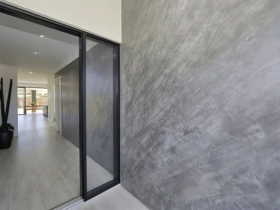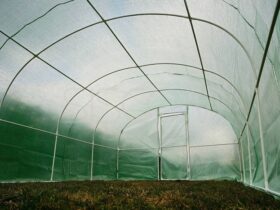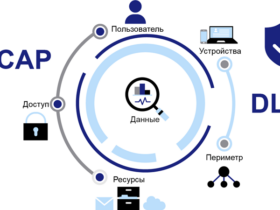Single -layer roofs or single -layer membranes are called so because the mass of different roofing systems and materials from which the roof of this species is built is laid in one layer.
To lay a single -layer roof, a vat is not needed, which exudes a sharp unpleasant smell of molten bitumen. When laying a membrane, the use of open flame is not required. Single -layer membranes are very elastic, reliable, durable, they can cover the roofs of a complex configuration. Single -layer roof can be used as a coating of the operated roof, as a waterproof substrate under wooden platforms, as a material for waterproofing buildings with flat roofs in cases where slate, gont, tiles and other roofing materials are unsuitable.
One of the most popular materials for a single -layer roof is synthetic rubber (EPDM).
Laying a single -layer roof
The roof from this material is mounted in the following ways:
— using ballast;
— mechanical mount;
— gluing.
The roof using ballast is performed by a trace.
A large sheet of material should be slotted on top of the flooring and smooth. To protect rubber on top, heavy fabric is placed on it, and then — ballast (round stones or paves made of concrete). Ballast restrains the membrane on the roof with gusts of wind and protects against fire. The specific gravity of the ballast is usually from 40 to 60 kg/m².
The perimeter of the roof and openings must be seized using a special material for waterproofing joints. The seams in the roof should be compacted with glue.
The main advantages of this technology are high performance of roof work and small costs. The disadvantages are that the building should be quite durable so that in addition to standard operational loads, which are caused by weather conditions, people, equipment, it could hold the weight of the ballast and considerable weight. In addition, ballast can make it difficult to detect and eliminate leaks.
The method of laying a membrane from EPDM — mechanical fastening occurs a trace. The membrane from the EPDM is laid on top of the flooring of the roof and is attached to the design through the same intervals. To do this, use rails, metal or plastic connecting plates, attracted by screws to the roof flooring.
The advantages of mechanical mounts are a fairly fast laying of the roof, small costs, small mass of roofs and ease of identification of leaks. The disadvantage is that under the influence of wind on the membrane, fasteners can weaken and fall out of the flooring of the roof.
The method of laying membranes from EPDM — gluing is the following. On the flooring of the roof, it is necessary to lay a rigid insulating cardboard. Next, expand the membrane and attach it to the cardboard using contact glue. When installing in this way, folds can form in the roof, and this technique requires the use of fairly heavy membranes.
Like other ways of laying, this method is also not perfect. Its advantages are considered insignificant weight of the roof, the ease of detection of leaks and their elimination. However, this technology is very expensive and complex of the above. It should be noted that during gluing, folds can form. With this method of laying the membrane, there is no remaining protected from fires and mechanical deformations, in addition, it provides a larger number of mounting seams than other methods. This fact is associated with the complexity of gluing wide sheets, so the width of the sheet is limited to 3 meters.
Interesting pages:
Drainage system and types of drains
Roof manufacture
About repairing soft roof











Оставить коммент.